Literature Review of Net Zero and Resilience Research of the Urban Environment: A Citation Analysis Using Big Data
Abstract
1. Motivation and Background
1.1. Origin of the “Net Energy” Concept
1.2. Origin of Concept of “Resilience”
2. Research Method, Materials, and Tools (Literature Review)
2.1. Quantitative Research
- Map of terms: we used all text data to generate a term map based on occurrence of texts to understand the researcher topics/clusters in one domain.
- Map of keywords: we used co-occurrence of keywords data to construct a map to understand the relation between knowledge groups and different research fields.
- Map of authors: we used citation data to construct a map to identify the influential thinkers in research domains.
- Map of countries: we used citation data to construct a map to identify the influential regions in research domains.
2.2. Qualitative Research
3. Findings: Research Clusters, Topics, Gaps, and Trends
3.1. Research Clusters on Resilience (Map of Terms)
- Cluster 1 (red): technology, application, energy efficiency, performance, event (left)
- Cluster 2 (blue): factor, finding, relationship, health (right)
- Cluster 3 (green): urban resilience, governance, understanding/theory, ecosystem/eco service (middle)
- Cluster 4 (yellow): disaster, hazard, mitigation (upper)
3.2. Research Focus/Topics and Relations on Resilience (Map of Keywords)
3.3. Research Gaps and Future Trends on Resilience
3.4. Research Clusters on NZE (Map of Terms)
- Cluster 1 (yellow): effect, rate/period (left)
- Cluster 2 (red): project/standard, net zero energy/practice, home (right)
- Cluster 3 (green): emission, energy source, water (middle)
- Cluster 4 (blue): zero energy building, heating/cooling/temperature, ventilation (upper)
3.5. Research Focus/Topics and Relations on NZE (Map of Keywords)
3.6. Research Gaps and Future Trends in NZE
3.7. Most Influential Studies and Active Regions
4. Discussion: Difference and Divergence of Research Activities
5. Conclusions
Author Contributions
Funding
Acknowledgments
Conflicts of Interest
References
- Seto, K.C.; Dhakal, S.; Bigio, A.; Blanco, H.; Delgado, G.C.; Dewar, D.; Huang, L.; Inaba, A.; Kansal, A.; Lwasa, S.; et al. Human Settlements, Infrastructure and Spatial Planning; International Institute for Applied System Analysis: Laxenburg, Austria, 2014. [Google Scholar]
- Lucon, O.; Ürge-Vorsatz, D.; Ahmed, A.Z.; Akbari, H.; Bertoldi, P.; Cabeza, L.F.; Eyre, N.; Gadgil, A.; Harvey, L.D.; Jiang, Y.; Liphoto, E. Buildings; Cambridge University Press: Cambridge, UK, 2014. [Google Scholar]
- Allen, M.R.; Barros, V.R.; Broome, J.; Cramer, W.; Christ, R.; Church, J.A.; Clarke, L.; Dahe, Q.; Dasgupta, P.; Dubash, N.K.; et al. IPCC Fifth Assessment Synthesis Report-Climate Change 2014 Synthesis Report; IPCC: Geneva, Switzerland, 2014. [Google Scholar]
- Holling, C.S. Engineering resilience versus ecological resilience. In Engineering within Ecological Constraints; National Academies Press: Washington, DC, USA, 1996; p. 32. [Google Scholar]
- Yi, H.; Srinivasan, R.S.; Braham, W.W.; Tilley, D.R. An ecological understanding of net-zero energy building: Evaluation of sustainability based on emergy theory. J. Clean. Prod. 2017, 143, 654–671. [Google Scholar] [CrossRef]
- New Building Institute. Getting to Zero Status Update and Zero Energy Building List, 2018. Available online: https://newbuildings.org/resource/2018-getting-zero-status-update/ (accessed on 5 January 2018).
- Rapoport, A. (Ed.) The Mutual Interaction of People and Their Built Environment; Walter de Gruyter: Berlin, Germany, 1976. [Google Scholar]
- Spash, C.L. (Ed.) Routledge Handbook of Ecological Economics: Nature and Society; Taylor & Francis: Milton Park, UK, 2017. [Google Scholar]
- Hassler, U.; Kohler, N. Resilience in the Built Environment; Taylor & Francis: Milton Park, UK, 2014. [Google Scholar]
- Hernandez, P.; Kenny, P. From net energy to zero energy buildings: Defining life cycle zero energy buildings (LC-ZEB). Energy Build. 2010, 42, 815–821. [Google Scholar] [CrossRef]
- Soddy, F. Wealth, Virtual Wealth and Debt; George Allen and Unwin Ltd.: London, UK, 1933. [Google Scholar]
- Boulding, K.E. Ecodynamics: A New Theory of Societal Evolution; SAGE Publications, Incorporated: Thousand Oaks, CA, USA, 1978. [Google Scholar]
- Odum, H.T. Energy, ecology, and economics. Ambio 1973, 2, 220–227. [Google Scholar]
- Odum, H.T. Environmental Accounting: Emergy and Environmental Decision Making; Wiley: Hoboken, NJ, USA, 1996. [Google Scholar]
- Pulselli, R.M.; Simoncini, E.; Pulselli, F.M.; Bastianoni, S. Emergy analysis of building manufacturing, maintenance and use: Em-building indices to evaluate housing sustainability. Energy Build. 2007, 39, 620–628. [Google Scholar] [CrossRef]
- Pulselli, R.M.; Simoncini, E.; Marchettini, N. Energy and emergy based cost–benefit evaluation of building envelopes relative to geographical location and climate. Build. Environ. 2009, 44, 920–928. [Google Scholar] [CrossRef]
- Lindseth, B. The pre-history of resilience in ecological research. Limn 2011, 1, 1. [Google Scholar]
- Liao, K.H. A theory on urban resilience to floods—A basis for alternative planning practices. Ecol. Soc. 2012, 17, 48. [Google Scholar] [CrossRef]
- Wang, C.H.; Blackmore, J.M. Resilience concepts for water resource systems. J. Water Resour. Plan. Manag. 2009, 135, 528–536. [Google Scholar] [CrossRef]
- Berkes, F.; Folke, C. Linking social and ecological systems for resilience and sustainability. In Linking Social and Ecological Systems: Management Practices and Social Mechanisms for Building Resilience; Cambridge University Press: Cambridge, UK, 1998. [Google Scholar]
- Folke, C. Resilience: The emergence of a perspective for social–ecological systems analyses. Glob. Environ. Chang. 2006, 16, 253–267. [Google Scholar] [CrossRef]
- Adger, W.N.; Hughes, T.P.; Folke, C.; Carpenter, S.R.; Rockström, J. Social-ecological resilience to coastal disasters. Science 2005, 309, 1036–1039. [Google Scholar] [CrossRef] [PubMed]
- Biggs, R.; Schlüter, M.; Biggs, D.; Bohensky, E.L.; BurnSilver, S.; Cundill, G.; Dakos, V.; Daw, T.M.; Evans, L.S.; Kotschy, K.; et al. Toward principles for enhancing the resilience of ecosystem services. Annu. Rev. Environ. Resour. 2012, 37, 421–448. [Google Scholar] [CrossRef]
- Walker, B.; Salt, D.; Reid, W. Resilience Thinking: Sustaining People and Ecosystems in a Changing World; Island Press: Washington, DC, USA, 2006. [Google Scholar]
- Small, H. Visualizing science by citation mapping. J. Am. Soc. Inf. Sci. 1999, 50, 799–813. [Google Scholar] [CrossRef]
- O’Connor, B.; Bamman, D.; Smith, N.A. Computational Text Analysis for Social Science: Model Assumptions and Complexity. Available online: https://people.cs.umass.edu/~wallach/workshops/nips2011css/papers/OConnor.pdf (accessed on 28 March 2019).
- Zhai, C.; Massung, S. Text Data Management and Analysis: A Practical Introduction to Information Retrieval and Text Mining; Morgan & Claypool: Rafael, CA, USA, 2016. [Google Scholar]
- Van Eck, N.J.; Waltman, L.; Dekker, R.; van den Berg, J. A comparison of two techniques for bibliometric mapping: Multidimensional scaling and VOS. J. Assoc. Inf. Sci. Technol. 2010, 61, 2405–2416. [Google Scholar] [CrossRef]
- Garfield, E. From the science of science to Scientometrics visualizing the history of science with HistCite software. J. Informetr. 2009, 3, 173–179. [Google Scholar] [CrossRef]
- Van Eck, N.J.; Waltman, L. Software survey: VOSviewer, a computer program for bibliometric mapping. Scientometrics 2010, 84, 523–538. [Google Scholar] [CrossRef] [PubMed]
- Davila, C.C.; Reinhart, C. Urban energy lifecycle: An analytical framework to evaluate the embodied energy use of urban developments. In Proceedings of the BS2013: 13th Conference of International Building Performance Simulation Association, Chambéry, France, 26–28 August 2013; pp. 26–28. [Google Scholar]
- Moed, H.F. Citation Analysis in Research Evaluation; Springer Science & Business Media: Berlin, Germany, 2006; Volume 9. [Google Scholar]
- McCain, K.W. Mapping authors in intellectual space: A technical overview. J. Am. Soc. Inf. Sci. 1990, 41, 433–443. [Google Scholar] [CrossRef]
- Quinlan, A.E.; Berbés-Blázquez, M.; Haider, L.J.; Peterson, G.D. Measuring and assessing resilience: Broadening understanding through multiple disciplinary perspectives. J. Appl. Ecol. 2016, 53, 677–687. [Google Scholar] [CrossRef]
- Borg, I.; Groenen, P.J. Modern Multidimensional Scaling: Theory and Applications; Springer Science & Business Media: Berlin, Germany, 2005. [Google Scholar]
- Adger, W.N. Social and ecological resilience: Are they related? Prog. Hum. Geogr. 2000, 24, 347–364. [Google Scholar] [CrossRef]
- Colding, J.; Barthel, S. The potential of ‘Urban Green Commons’ in the resilience building of cities. Ecol. Econ. 2013, 86, 156–166. [Google Scholar] [CrossRef]
- Schipper, E.L.F.; Langston, L. A Comparative Overview of Resilience Measurement Frameworks. Available online: https://www.odi.org/sites/odi.org.uk/files/odi-assets/publications-opinion-files/9754.pdf (accessed on 28 March 2019).
- Pickett, S.T.; Cadenasso, M.L.; Grove, J.M. Resilient cities: Meaning, models, and metaphor for integrating the ecological, socio-economic, and planning realms. Landsc. Urb. Plan. 2004, 69, 369–384. [Google Scholar] [CrossRef]
- Head, L.; Muir, P. Suburban life and the boundaries of nature: Resilience and rupture in Australian backyard gardens. Transact. Inst. Br. Geogr. 2006, 31, 505–524. [Google Scholar] [CrossRef]
- Marszal, A.J.; Heiselberg, P.; Bourrelle, J.S.; Musall, E.; Voss, K.; Sartori, I.; Napolitano, A. Zero energy building—A review of definitions and calculation methodologies. Energy Build. 2011, 43, 971–979. [Google Scholar] [CrossRef]
- Sartori, I.; Napolitano, A.; Voss, K. Net zero energy buildings: A consistent definition framework. Energy Build. 2012, 48, 220–232. [Google Scholar] [CrossRef]
- Tyler, S.; Moench, M. A framework for urban climate resilience. Clim. Dev. 2012, 4, 311–326. [Google Scholar] [CrossRef]
- Ahern, J. From fail-safe to safe-to-fail: Sustainability and resilience in the new urban world. Lands. Urban Plan. 2011, 100, 341–343. [Google Scholar] [CrossRef]
- Sharifi, A.; Yamagata, Y. A conceptual framework for assessment of urban energy resilience. Energy Procedia 2015, 75, 2904–2909. [Google Scholar] [CrossRef]
- Torcellini, P.; Pless, S.; Leach, M. A pathway for net-zero energy buildings: creating a case for zero cost increase. Build. Res. Inf. 2015, 43, 25–33. [Google Scholar] [CrossRef]
- Beheshtian, A.; Donaghy, K.P.; Geddes, R.R.; Gao, H.O. Climate-adaptive planning for the long-term resilience of transportation energy infrastructure. Transp. Res. Part E Logist. Transp. Rev. 2018, 113, 99–122. [Google Scholar] [CrossRef]
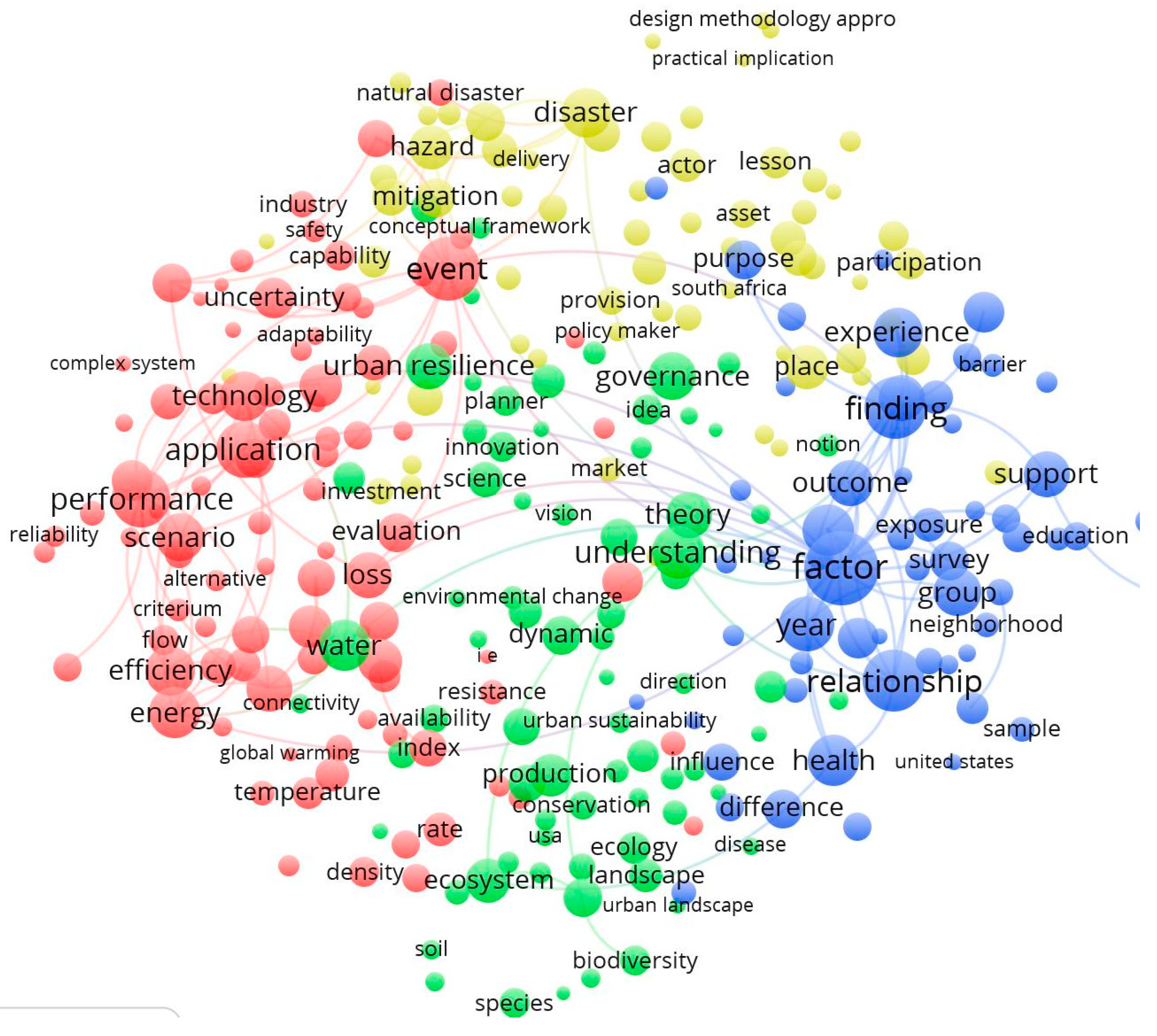
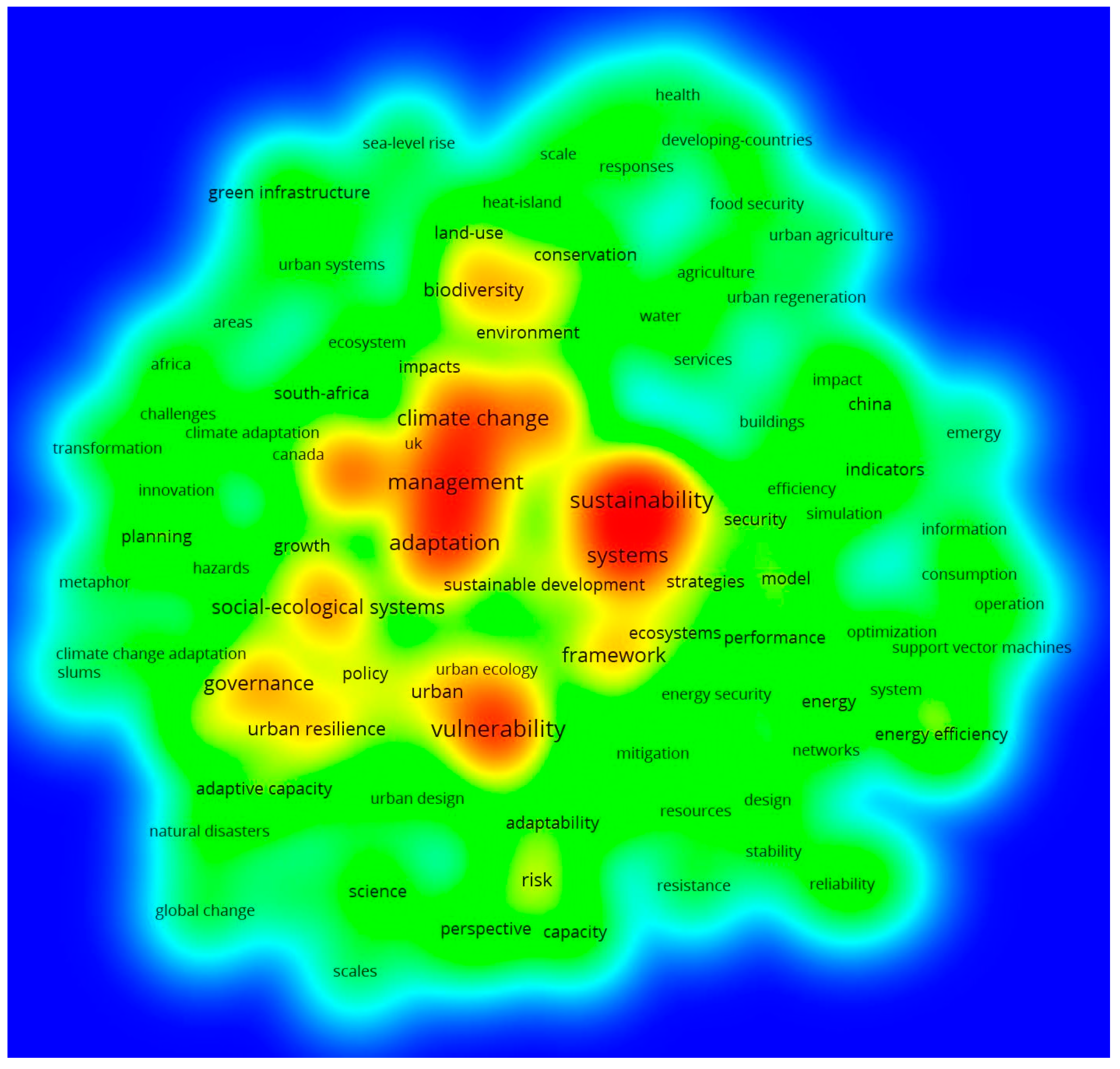

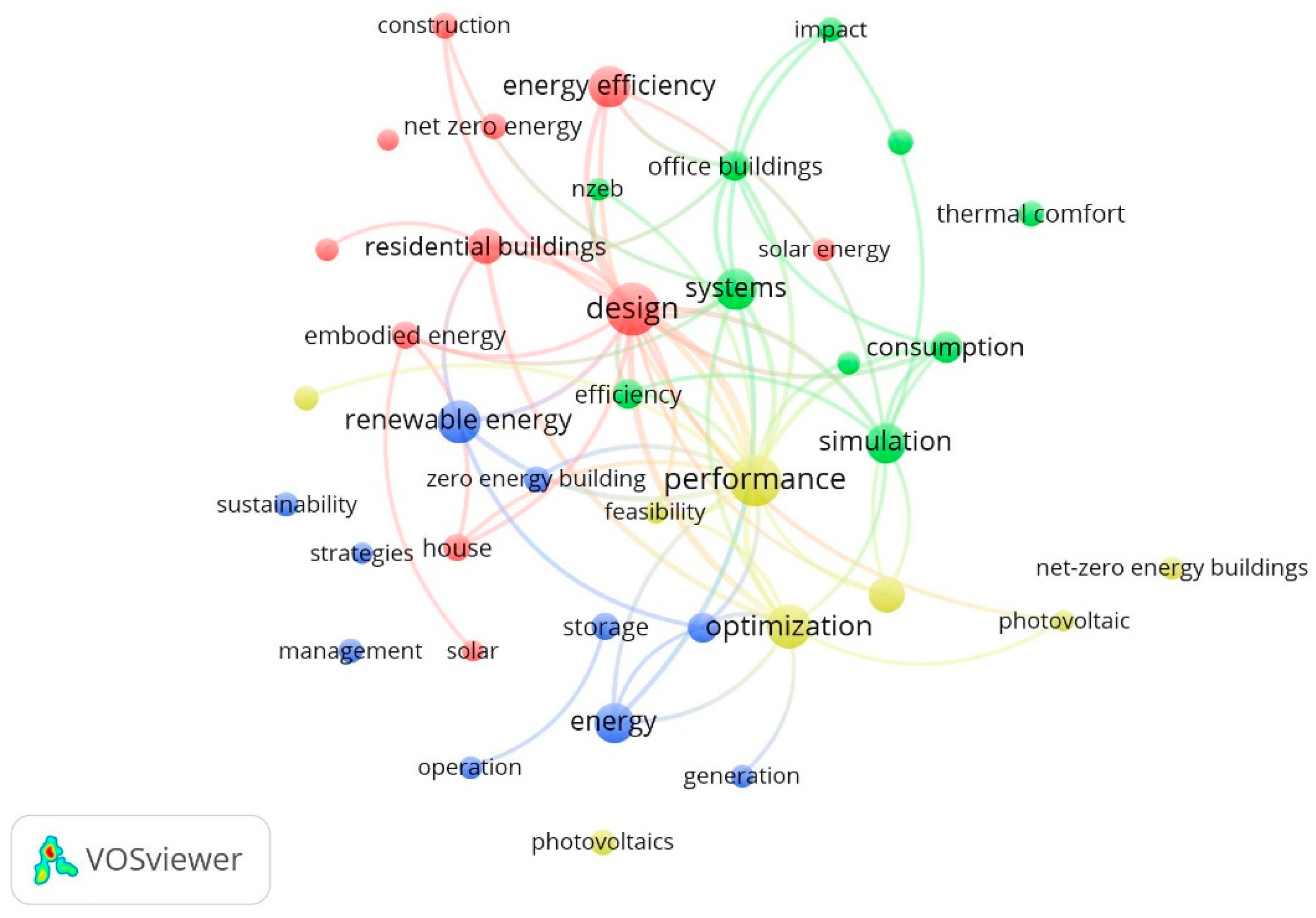
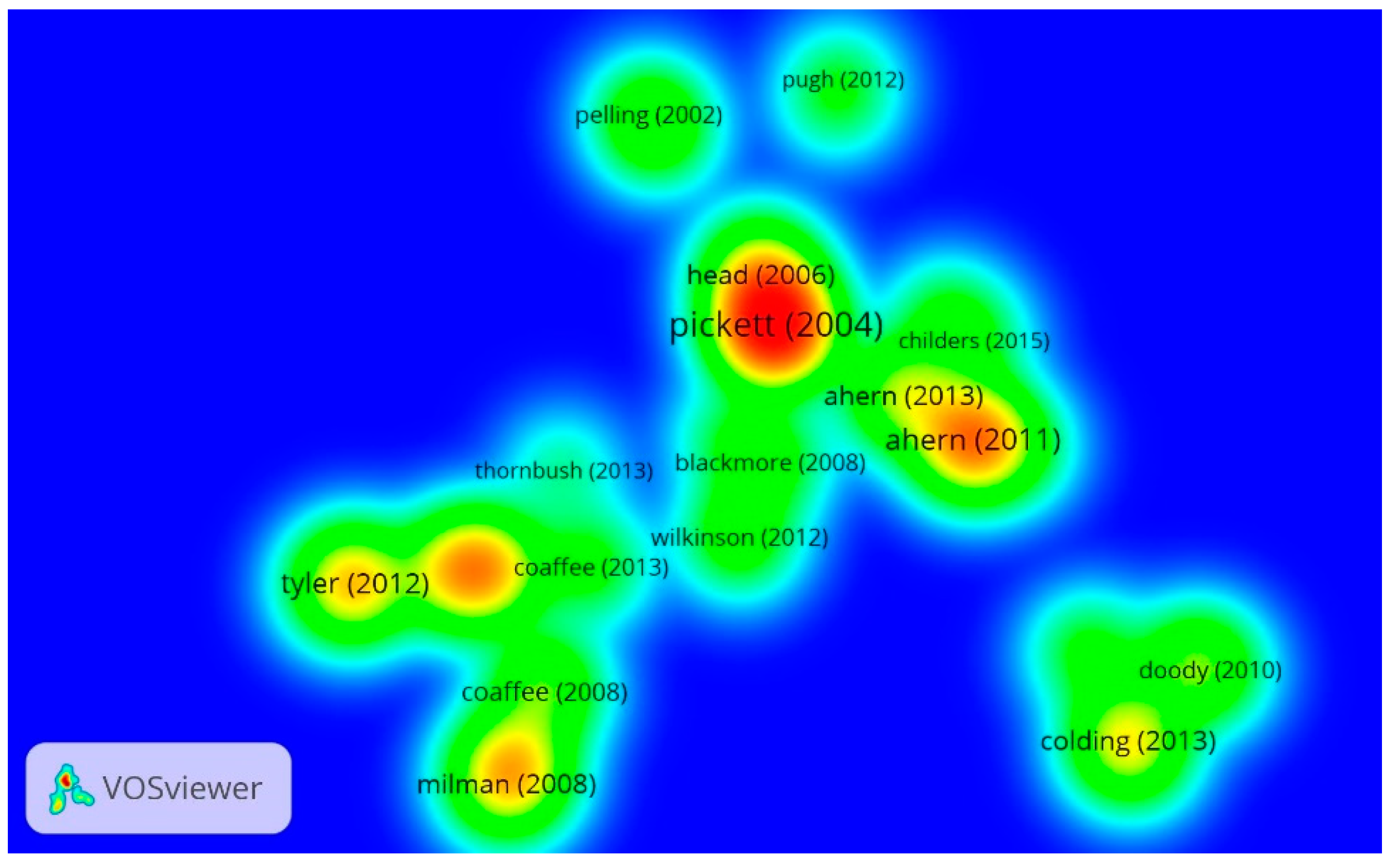
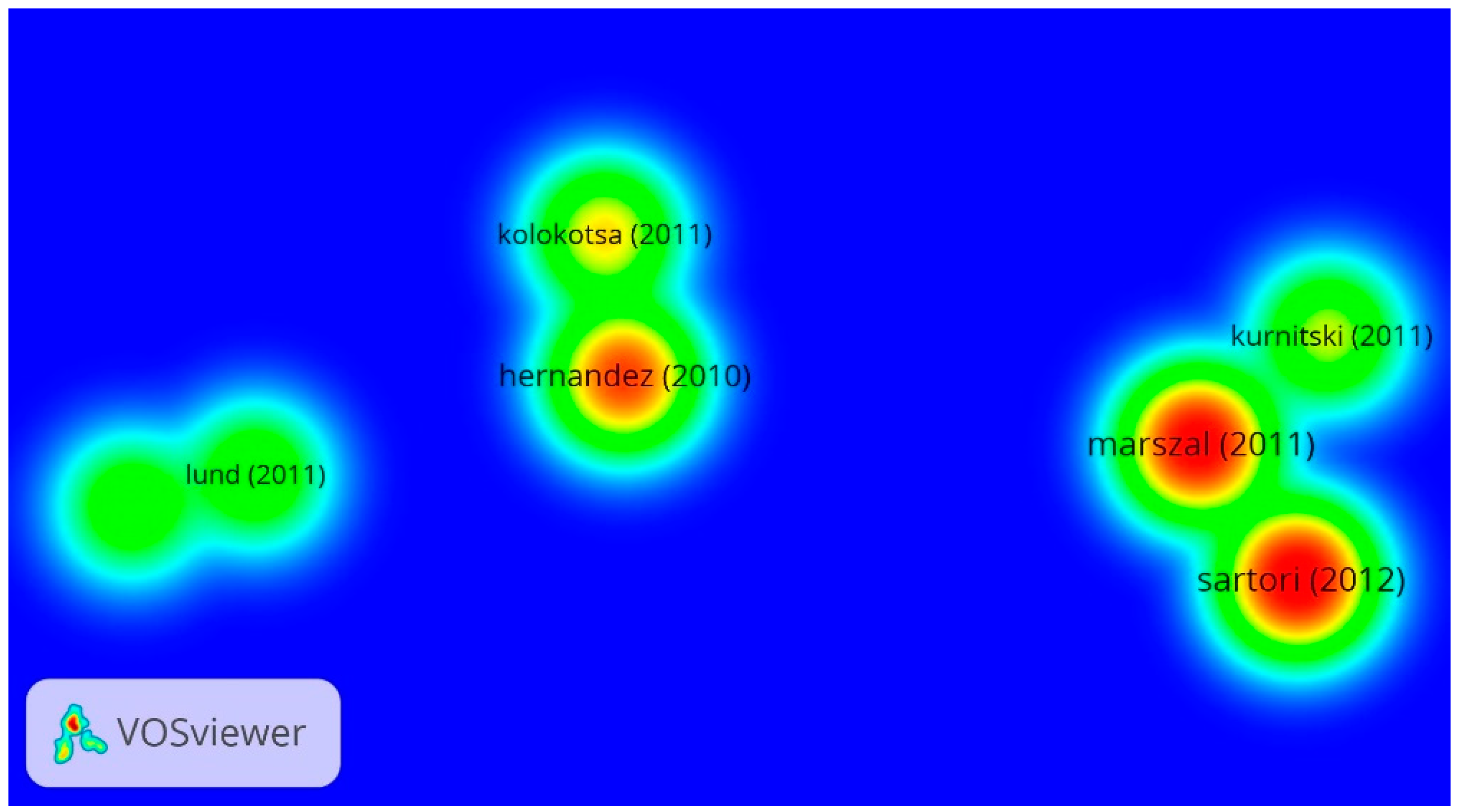
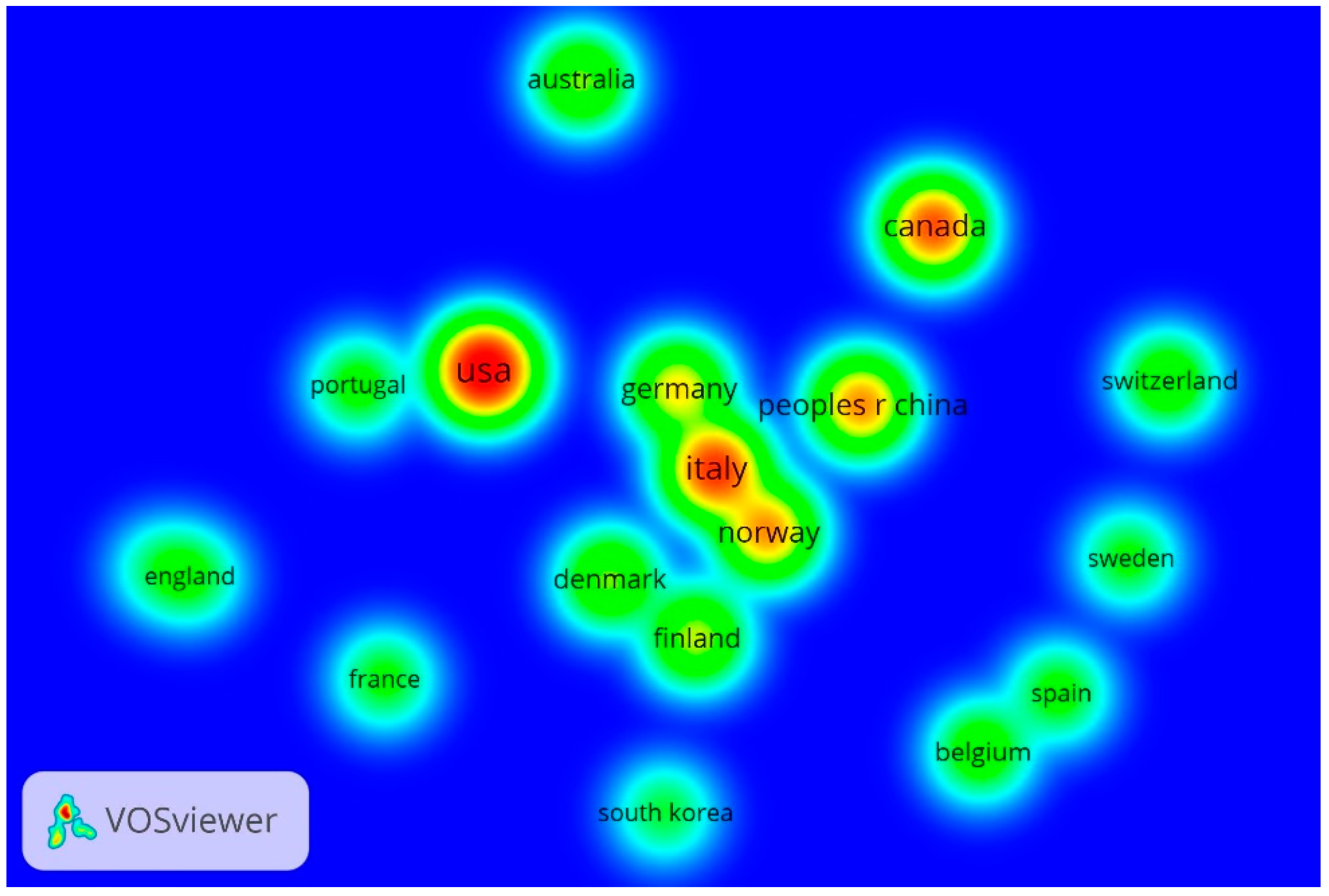
© 2019 by the authors. Licensee MDPI, Basel, Switzerland. This article is an open access article distributed under the terms and conditions of the Creative Commons Attribution (CC BY) license (http://creativecommons.org/licenses/by/4.0/).
Share and Cite
Hu, M.; Pavao-Zuckerman, M. Literature Review of Net Zero and Resilience Research of the Urban Environment: A Citation Analysis Using Big Data. Energies 2019, 12, 1539. https://doi.org/10.3390/en12081539
Hu M, Pavao-Zuckerman M. Literature Review of Net Zero and Resilience Research of the Urban Environment: A Citation Analysis Using Big Data. Energies. 2019; 12(8):1539. https://doi.org/10.3390/en12081539
Chicago/Turabian StyleHu, Ming, and Mitchell Pavao-Zuckerman. 2019. "Literature Review of Net Zero and Resilience Research of the Urban Environment: A Citation Analysis Using Big Data" Energies 12, no. 8: 1539. https://doi.org/10.3390/en12081539
APA StyleHu, M., & Pavao-Zuckerman, M. (2019). Literature Review of Net Zero and Resilience Research of the Urban Environment: A Citation Analysis Using Big Data. Energies, 12(8), 1539. https://doi.org/10.3390/en12081539





